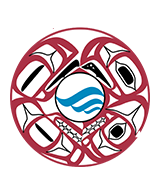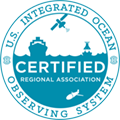Welcome Teachers and Students!
What is Ocean Observing?
Ocean Observing has become a system for observations, modeling and analysis of marine and ocean parameters that support operational ocean activities such as fisheries, recreational boating, natural hazards warnings, search and rescue operations, and marine operations, as well as scientific inquiry. Through an ocean observing system these diverse user groups can receive accurate descriptions of the present state of the oceans including living resources, continuous forecasts of future sea conditions, and forecast indicators for climate change.
Who are the Members of NANOOS?
NANOOS members represent organizations and interests of different regions and sectors, including tribal, federal, state and local governments, research, education, industry, and non-profit. One representative from each NANOOS member organization sits on the NANOOS Governing Council. Duties of Governing Council (GC) members include providing oversight and policy guidance at the annual GC meetings as well as to actively promote NANOOS both within and beyond the NANOOS region.
Who are the People of NANOOS?
NANOOS is made up of representatives from member organizations, NANOOS-supported scientists, and NANOOS staff who work together in several capacities to carry out the goals of NANOOS. The Governance structure is outlined in the NANOOS Memorandum of Agreement. NANOOS personnel are organized into Executive, Governing Council, Data Management, User Products, Education & Outreach, and Principal Investigator committees.
| National Observing System Partners Alliance for Coastal Technologies (ACT) Southeastern Universities Research Association (SURA) Integrated Ocean Observing System IOOS | |||||||

